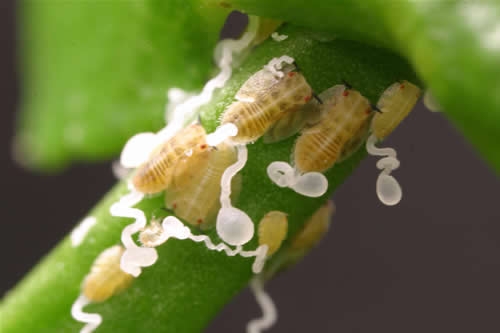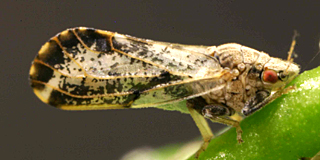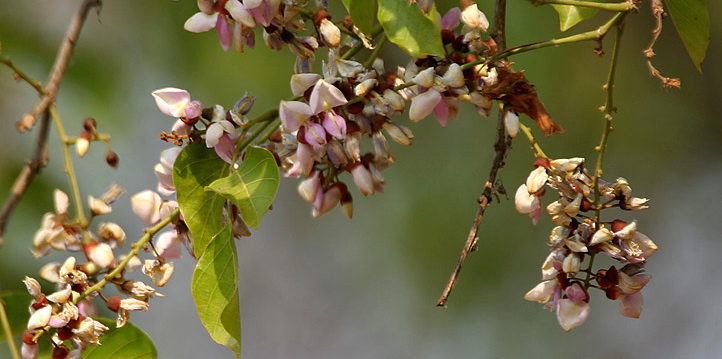Keeping Spotted Lanternfly Out of State
Spotted Lanternfly is An Invasive Pest
By Tim Hammerich with AgInfo.net
The spotted lanternfly is a colorful insect pest that has been infesting vineyards and orchards in the eastern U.S. So far, we have been effective in our efforts to keep the pest away from California’s multi-billion dollar ag industry. But we must remain diligent in these efforts, says Dr. Surendra Dara, Entomology and Biologicals Advisor in San Luis Obispo and Santa Barbara Counties.
D“Spotted lanternfly is an invasive pest because of the reason we don’t have any natural enemies that can suppress their populations in a natural way in a new environment,” said Dara. “And it can actually infest grapes and several other hosts in California of commercial importance. So it is important for us to be aware of the potential impact and do the need to prevent the damage.”
Researchers are trying to develop potential control methods, but the pest is known to spread very quickly and can be very damaging to vineyards and orchards.
“So they mainly feed on the stems and trunks, so they insert their stylets. Then they suck the plant uses. And they also excrete large amounts of honeydew, which can promote the growth of a sooty mold,” he said.
Keeping pests like this out of the state and developing control measures is of the utmost importance to California’s ag economy.
















